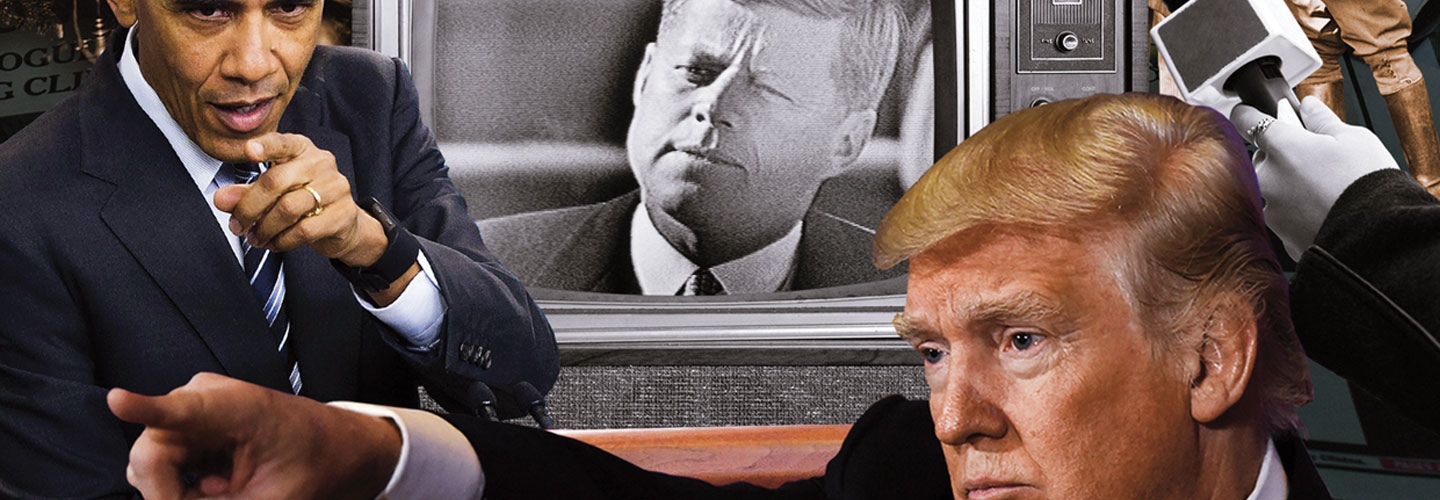On his first full day in office in January, President Donald Trump put the news media on notice: A new sheriff was in town.
“I have a running war with the media,” Trump said. “They are among the most dishonest human beings on Earth.”
Other members of the Trump administration quickly lashed out. Sean Spicer, the president’s press secretary (or spokesperson), clashed with reporters during his first press briefing. Stephen Bannon, the president’s chief strategist, called the media “the opposition party” and suggested that the press should “keep its mouth shut.”
Trump has had an ongoing battle with the mainstream media. He claims traditional media institutions, such as newspapers, radio, and television news, have a liberal bias and treat him unfairly. During his campaign, Trump allied himself with conservative alternative media outlets. One is Breitbart, formerly run by Bannon, which many media experts say publishes misleading and unsubstantiated information.
Mainstream reporters and commentators immediately began to push back at the combative tone of the new administration. They say they are treating Trump with the same level of scrutiny as any other president or public figure.
On his first full day in office in January, President Donald Trump put the news media on notice: A new sheriff was in town.
“I have a running war with the media,” Trump said. “They are among the most dishonest human beings on Earth.”
Other members of the Trump administration quickly lashed out. Sean Spicer is the president’s press secretary (or spokesperson). He clashed with reporters during his first press briefing. Stephen Bannon is the president’s chief strategist. He called the media “the opposition party.” Bannon suggested that the press should “keep its mouth shut.”
Trump has had an ongoing battle with the mainstream media. He claims traditional media institutions, such as newspapers, radio, and television news, have a liberal bias and treat him unfairly. During his campaign, Trump allied himself with conservative alternative media outlets. One is Breitbart, formerly run by Bannon. Many media experts say Breitbart publishes misleading and unproven information.
Mainstream reporters and commentators immediately began to push back at the aggressive tone of the new administration. They say they are treating Trump with the same level of scrutiny as any other president or public figure.

